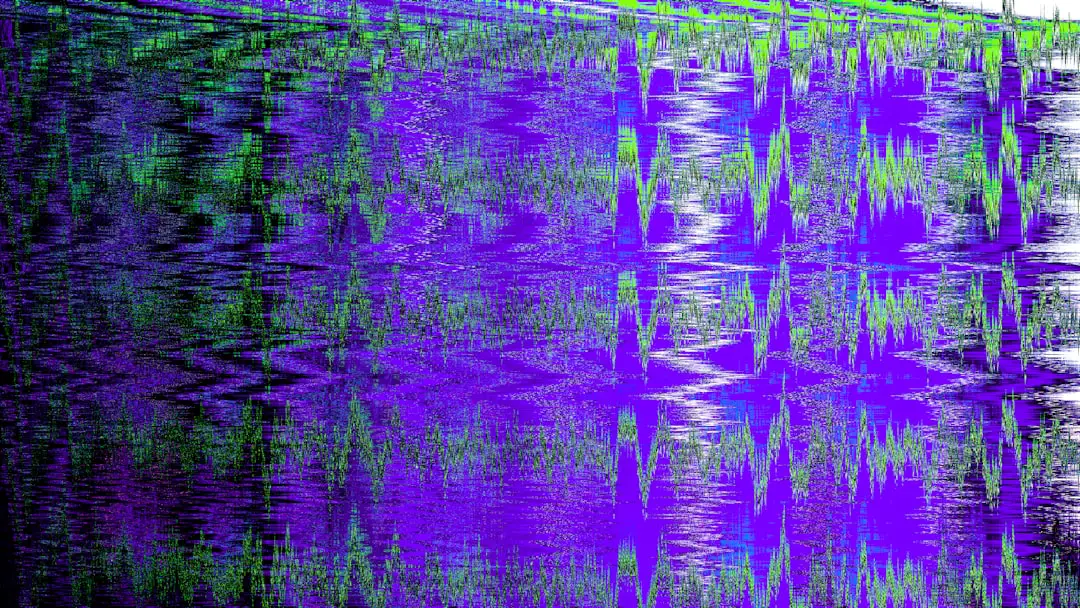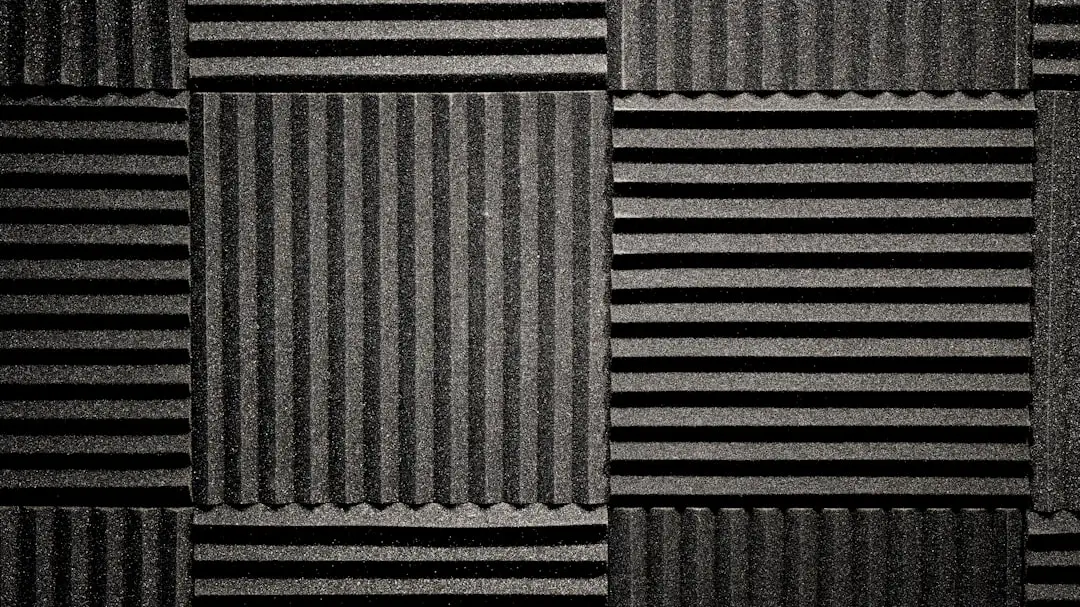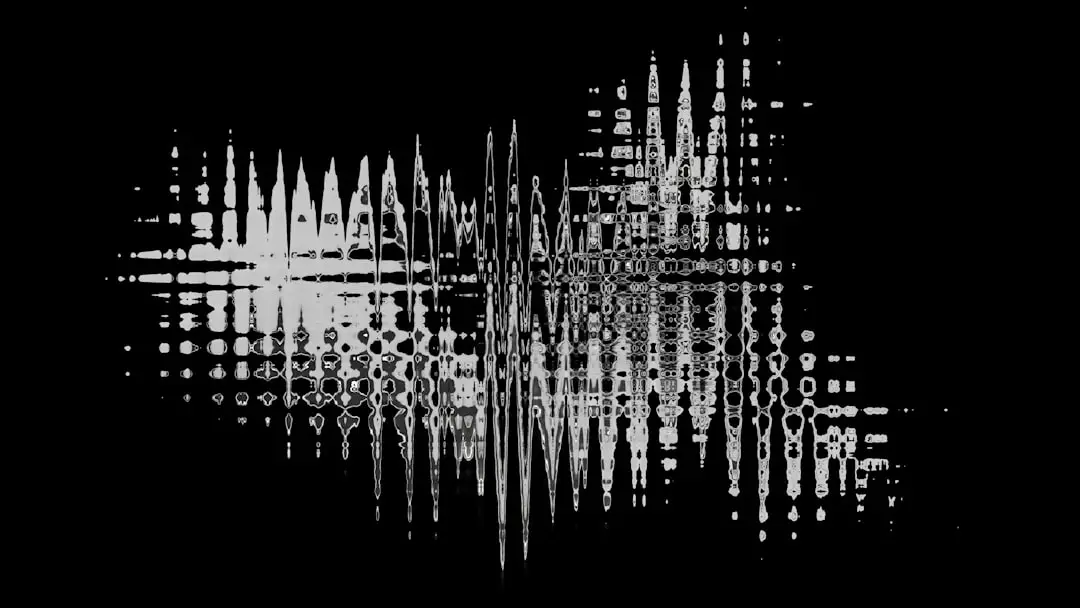In the evolving world of digital music production, sound designers and audio engineers often encounter a variety of file formats. Among these, ZIP and SF2 sit at opposite ends of function and utility—ZIP being a common compressed archive format and SF2, or SoundFont2, being a vital resource in creating high-quality sampled instruments. Understanding how to convert ZIP archives into usable SF2 files is essential for efficient workflow and optimal sound design. This guide provides serious insight and practical tips for audio professionals looking to master this process.
Understanding the Basics
Before diving into the conversion process, it is crucial to understand what each file type serves in a production workflow:
- ZIP files are compressed archives that may contain various types of files—from sampled audio (.wav, .aiff), metadata (text, XML), to pre-made SF2 files.
- SF2 files are SoundFont files used to create realistic instrument sounds via a sampler. They encapsulate audio samples and associated parameters like key range, loop points, and filter settings.
The real challenge occurs when your sample libraries are distributed in ZIP format. You must extract, organize, and potentially compile these resources into usable SF2 instruments that integrate smoothly with digital audio workstations (DAWs) or sound engines like FluidSynth.
Step-by-Step Conversion Process
The following steps offer a methodical approach for converting ZIP files into SF2 soundfonts:
-
Unzip the Archive
Use a reliable unzipping tool to extract the contents of the ZIP file. Native OS-level extractors like Windows Explorer or macOS Finder can suffice, but tools like 7-Zip or WinRAR often offer better handling of corrupted or layered archives. -
Organize the Sample Material
After extraction, inspect the file layout. Look specifically for:- .wav or .aiff samples
- Loop meta files
- Documentation or mapping guidance
Begin by categorizing these in a dedicated project folder, ideally under folders named by instrument or pitch range.
-
Load Samples Into SoundFont Editor
Use a dedicated SoundFont editor such as:- Polyphone – a free, cross-platform tool optimized for SF2 editing
- Vienna SoundFont Studio – an older but legacy-compatible solution for Windows
These tools allow loading samples and defining zones, envelopes, ranges, and tuning parameters.
-
Define Artistic and Technical Parameters
For a professional-level SF2 file, include:- Velocity layers and round-robin settings
- Loop points
- Filter cutoff and resonance parameters
- Global reverb or chorus send levels, if applicable
This ensures the SoundFont sounds realistic across different musical dynamics.
-
Export and Test
Once the SoundFont is built, export it as an SF2 file. Test it in various DAWs or with VST plugins such as:- FluidSynth
- VSTSynthFont
- Sforzando (for SFZ compatibility tests, if required)
Listening from multiple monitors or headphones verifies whether the dynamic nuances translate properly.
Common Pitfalls and How to Avoid Them
Converting ZIP files into professional-grade SF2 soundfonts isn’t without its challenges. Below are common issues and ways to avoid them:
- Incomplete or Corrupted ZIP Archives: Always verify file integrity using hash checks or download verification. Use robust archive utilities to reduce corruption risks.
- Mismatched Sample Formats: SF2 expects PCM-encoded .wav files, typically 16 or 24-bit. Convert any problematic formats before importing.
- Improper Looping: Many samples require perfect loop points for sustained notes such as strings or pads. Use an audio editor like Audacity or Wavosaur to fine-tune loop areas with cross-fading or zero-cross alignment.

Recommended Tools and Utilities
To ensure a seamless conversion and high sound quality, professionals should be equipped with trusted tools. Here’s a shortlist of reliable utilities:
- Polyphone: A comprehensive offline tool for editing and generating SoundFonts with support for modulations and custom pitch tuning.
- Audacity: Useful for fine sample edits, truncating silence, and normalizing levels before import.
- LoopAuditioneer: A utility that helps visualize and test loop points quickly, ideal for multi-sample libraries.
- Reaper or FL Studio: Great for testing your SF2 instruments in real-world musical contexts.
Many engineers also benefit from scripts or automation tools that rename and sort samples based on embedded metadata. This dramatically reduces preparation time and enhances file organization.
Quality Control Tips
Not all SF2 libraries are created equal. Here’s what distinguishes a hobbyist creation from a studio-grade SoundFont:
- Consistent Volume Levels: Normalize samples so they maintain a balanced amplitude across instrument groups.
- Mapping Precision: Ensure samples are assigned the correct key zones. Overlapping too many samples can cause phase issues or undesirable artifacts.
- Envelope Shaping: For percussive instruments, use a faster attack and decay. Pads or orchestral strings may need longer sustain with moderate release tails.

Legal and Licensing Considerations
While technical capabilities are crucial, professional audio engineers must also be vigilant about licensing:
- Check Sample License: Many samples inside ZIP files may be royalty-free for personal use but restricted in commercial environments.
- Attribution Requirements: Some free libraries (particularly open-source ones) require attribution when used in published works.
- Avoid Using Proprietary Samples: Do not extract samples from commercial VSTs or ROMplers, as this may infringe copyrights.
Always refer to the metadata or readme files included in the ZIP. When in doubt, contact the sample creator directly to obtain a license or usage clarification.
Advanced Techniques
Once you’re comfortable with basic conversions, consider taking your soundfonts to the next level with these strategies:
- Microtonal Tuning: Use Scala files or the Polyphone tuning editor to create exotic scales and world-music instruments.
- Layered Instruments: Combine multiple samples with velocity switching to simulate expressive dynamics, such as soft vs hard piano keys.
- Custom Modulation: Apply low-frequency oscillators (LFOs) or key follow filters to enhance realism.
These techniques not only improve sonic quality but also offer a signature sound—adding a professional edge to your sample libraries.
Conclusion
Converting ZIP files to SF2 soundfonts is not just a mechanical process—it’s a blend of technical skill, creative thinking, and meticulous detail. Whether you’re creating instruments for game soundtracks, virtual orchestras, or electronic music production, mastering this conversion empowers you to build a unique sonic arsenal.
With the right tools, legal awareness, and attention to detail, audio engineers can harness the depth of SF2 files and turn static sample collections into vibrant, playable instruments. This workflow, once refined, contributes significantly to a more efficient studio process and superior audio fidelity.

